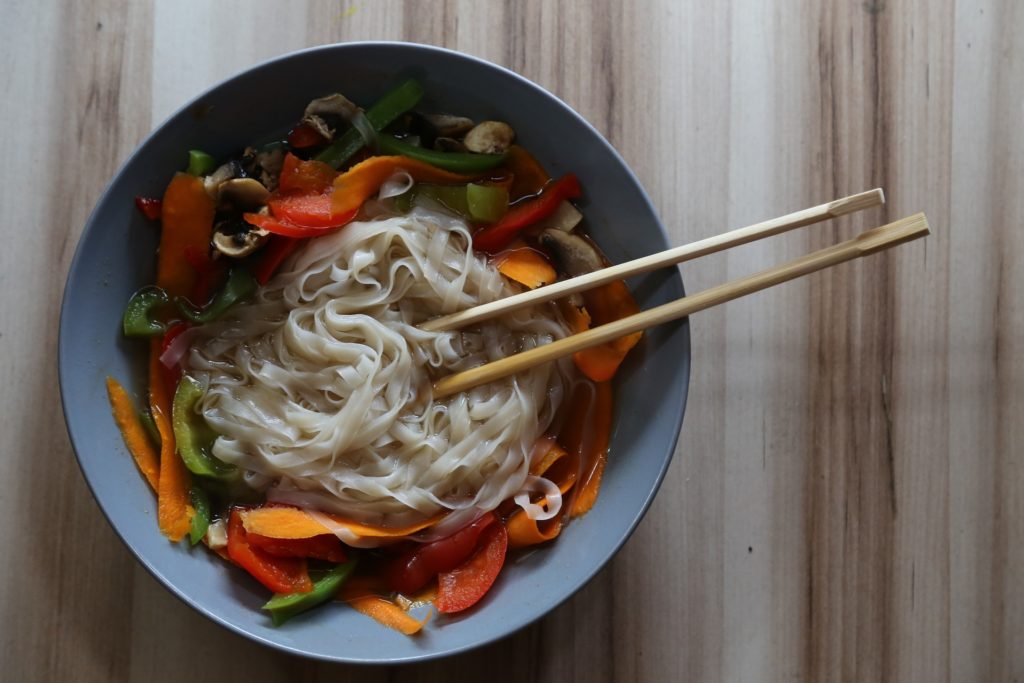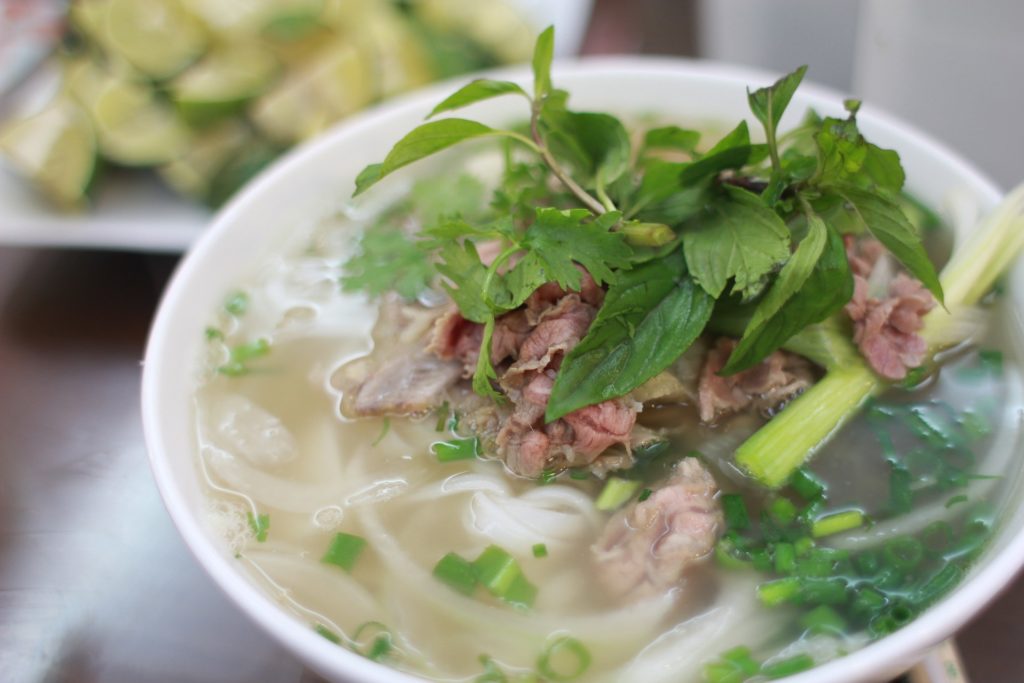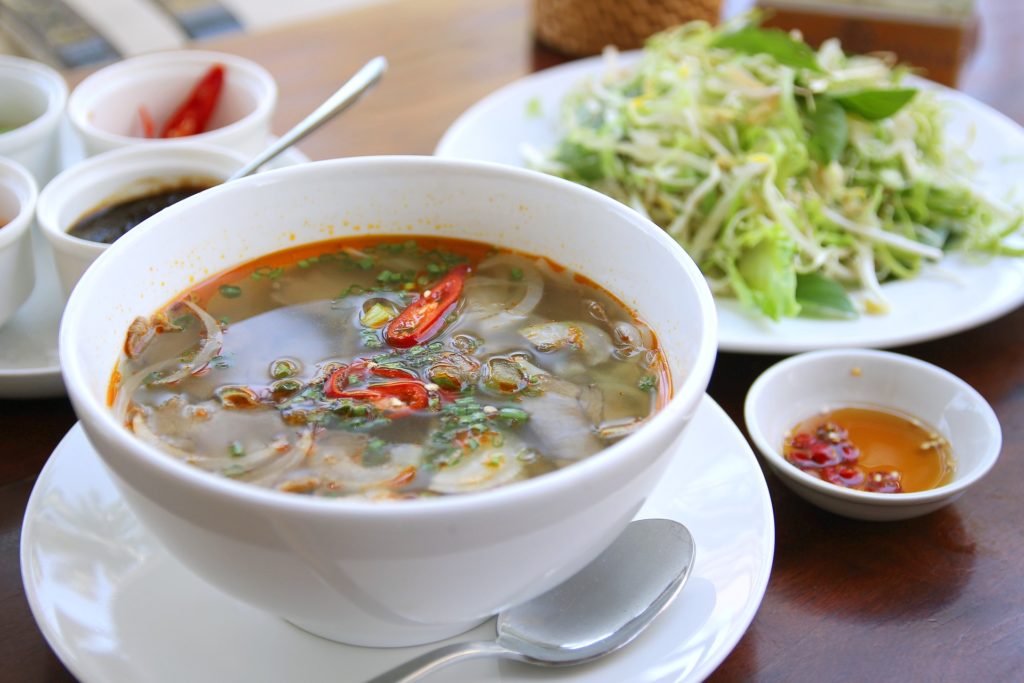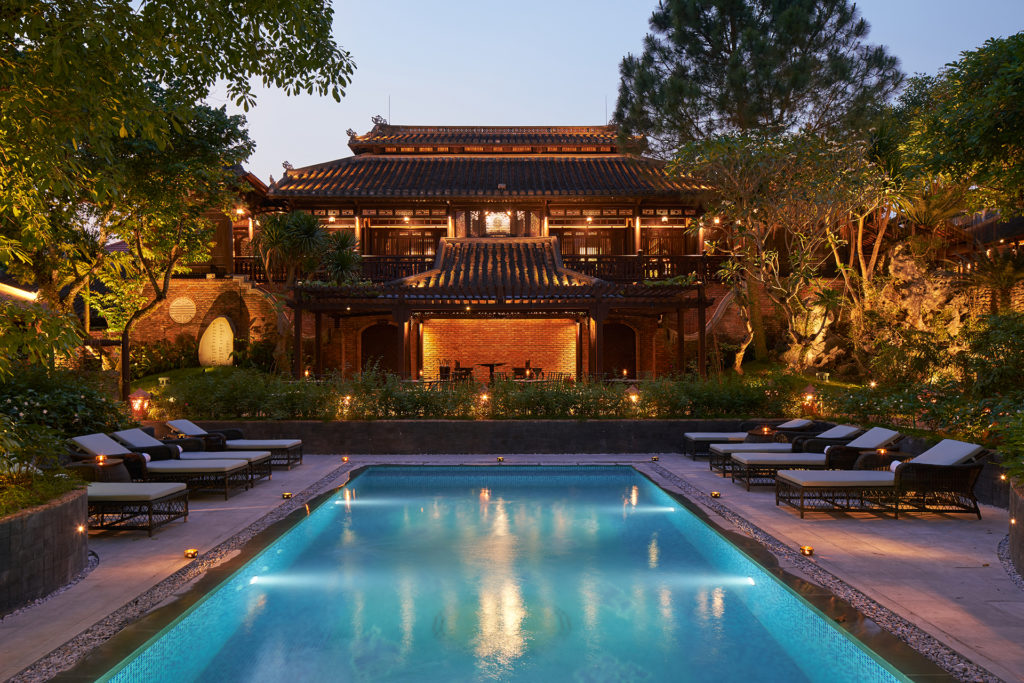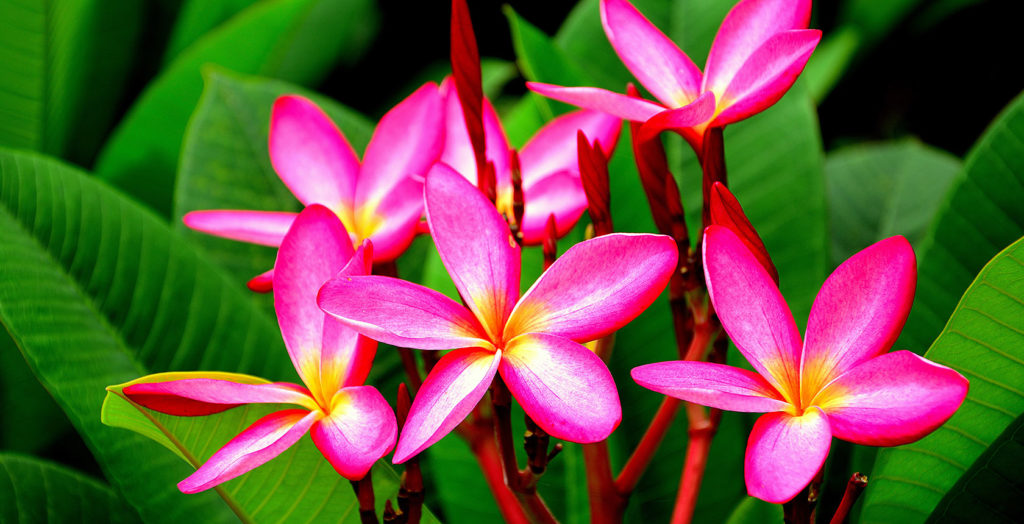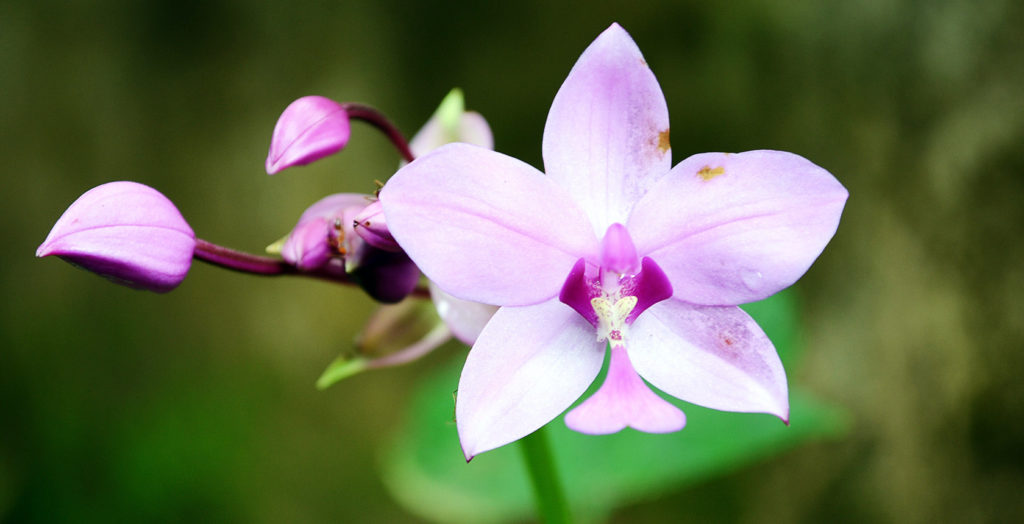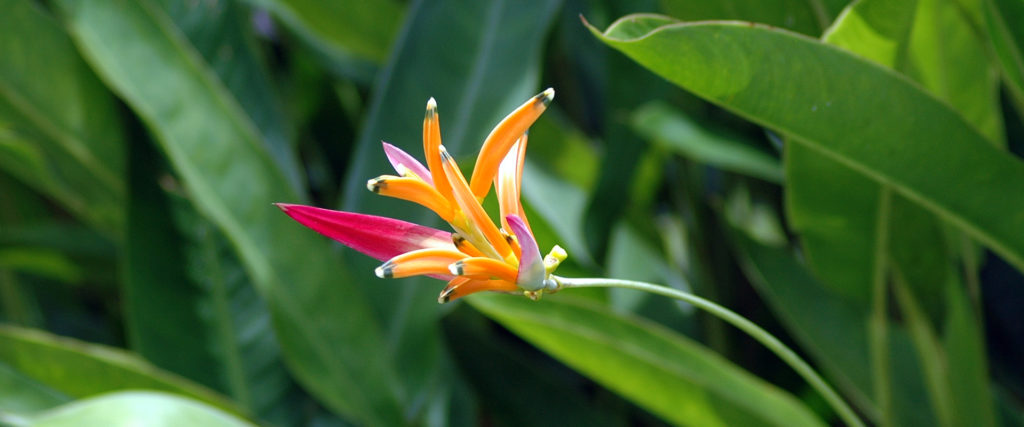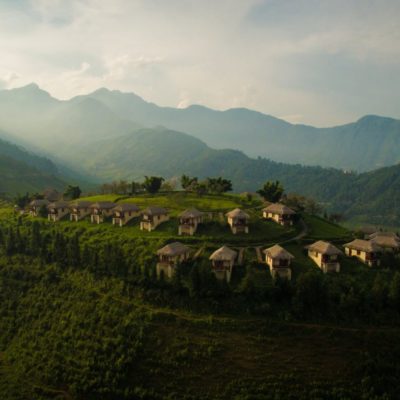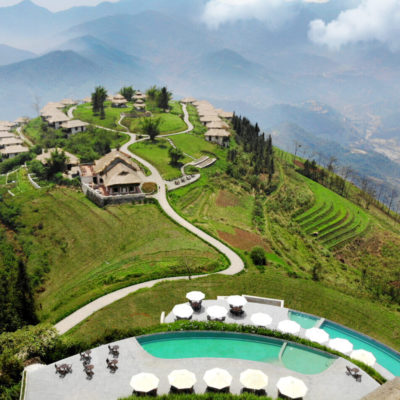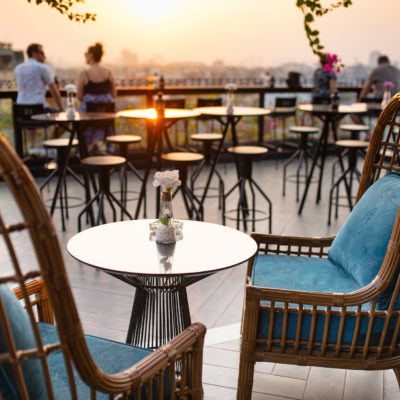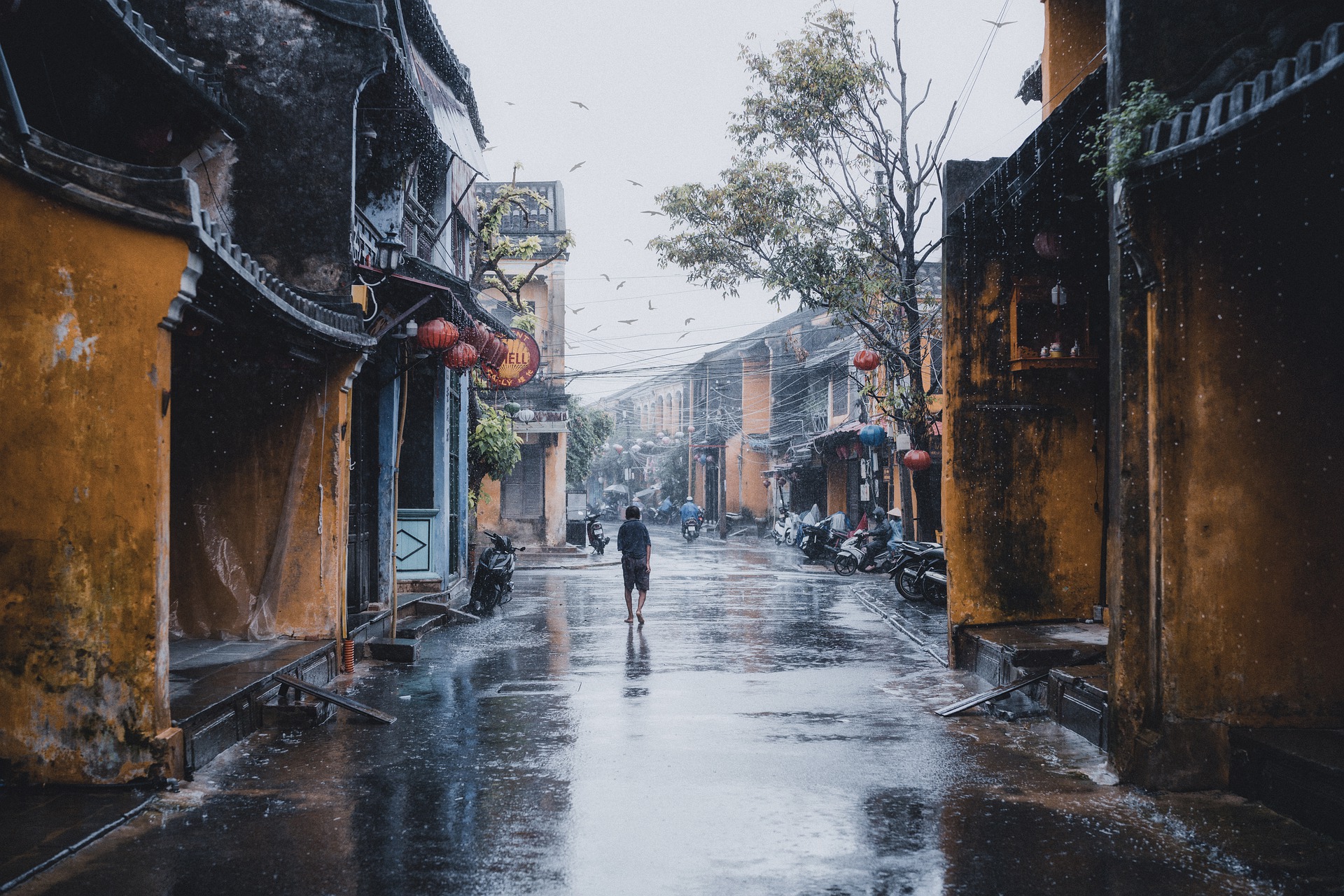
The Top 5 Best Places to visit in Huế
Vietnam is full of breathtaking views and inimitable experiences, from rugged mountains and mangrove swamps to ancient temples and floating markets. The diversity and sheer number of beautiful places to visit is staggering. Any list attempting to name all these destinations is doomed from the outset, so numerous are the attractions. With that in mind, I’ve focused on the culture-filled city of Huế and compiled a list of some of its must-see spots.
The Citadel
The former capital Huế is one of the oldest cities in Vietnam, with ruins dating from the 4th century Kingdom of Lam Ap, still standing within the boundaries of the modern city. However, the most impressive and eye-catching architecture in the city dates from the final Vietnamese dynasty – the Nguyen who ruled the country from Huế between 1802 – 1945.
The crowning architectural achievement of this era is the Imperial City, often simply referred to as the Citadel. Built at the behest of Emperor Gia Long shortly after his ascension in 1804, construction of the vast royal complex lasted 27 years and wasn’t completed until the reign of Long’s successor Minh Mang. The Citadel, a UNESCO World Heritage Site, houses some of the finest man-made structures in the country. Unfortunately, heavy fighting during the Vietnam War saw many of these structures damaged. Nevertheless, multiple stunning examples of Nguyen art and architecture managed to survive relatively unscathed and remain available for the public to view today.
Propitiously planned by a host of geomancers who surveyed the site’s terrain and features to ensure the most spiritually healthy area, the Citadel is reached by crossing the famous Perfume River. Imposing bastions stand in greeting as you approach, lining 2km thick outer walls whilst looking out over an impressive moat. Interrupting these impenetrable walls are numerous ornate gates covered in elaborate carvings of beautiful birds and colourful flowers. Troops of training soldiers can sometimes be seen marching the perimeter of these ramparts, their modern military uniforms a striking anachronism amongst the manicured lawns of Vietnam’s last emperors.
The highlight of the site is The Forbidden Purple City located at the centre of the complex and heavily influenced by its namesake in Beijing. Here you will find plush halls where the Emperor would receive royal guests and foreign dignitaries as well as a private lake where his 1,000 woman-strong cadre of concubines swam and bathed after hot summer days. Other attractions include dragon-emblazoned temples where the emperors would perform ceremonies celebrating the lives of their predecessors and red-lacquered corridors fringed with golden details where hundreds of bureaucrats once buzzed about debating issues concerning the fate of an entire empire.
"Land of the Ascending Dragon"
Tha Om Garden House
Situated a little over a mile away from the Imperial City and hidden away down a small road in a quaint suburban area is Tha Om Garden House. This family-owned restaurant is the perfect place to relax and enjoy some authentic Vietnamese cuisine after a day of historical sightseeing. Owned by the enigmatic Mr Vinh, himself a descendant of a mandarin who served at the Citadel, this spot is much more than just a restaurant.
Constructed in the 20th century, the stunning villa was once the home of Mr Vinh’s grandfather who served in the Ministry of Justice under Emperor Khai Dinh in the early half of the century. Partly destroyed during the Tet Offensive in 1968, Mr Vinh has faithfully overseen the reconstruction of his family home in a heartwarming labour of love which has to be seen in person to truly appreciate. Before you begin eating, Mr Vinh will treat you to a personal rendition of the house and his family’s history which will leave you entertained as well as intrigued to learn more about the city’s interesting past.
The house is named for its beautifully maintained garden, where visitors may choose to sit and eat the luxurious seven-course meal prepared by the owner’s wife and served by his two daughters. The authentic Vietnamese food is accompanied by a chorus of chirping birds and the croaks of frogs as you are treated to a tranquil meal away from the hustle of the busy city interior.
Gifted to you before you leave is a traditional fan upon which the menu is ornamentally adorned in an ingenious display of calligraphy. A personal memento for a personal experience.
If you find the traditional feudal architecture and relaxing ambience of Tha Om to your liking, then why not spend the night at the luxurious Ancient Huế Garden House. Located in the village of Kim Long just beside the Imperial City, this traditional-style accommodation grants you the opportunity to experience the domestic life of the mandarins of old whilst still retaining all the modern comforts of a luxury Pure Break.
The Pagoda of the Celestial Lady
On the northern bank of the Perfume River, a few miles from The Citadel is Thien Mu Pagoda or as it is more dramatically known The Pagoda of the Celestial Lady. A sacred place of worship for Buddhists in Vietnam, the revered temple complex has been refurbished, renovated and rebuilt numerous times over the centuries. The original structure was built in 1601 under the orders of a lord from the Nguyễn clan, whose imperial descendants would eventually build The Citadel centuries later.
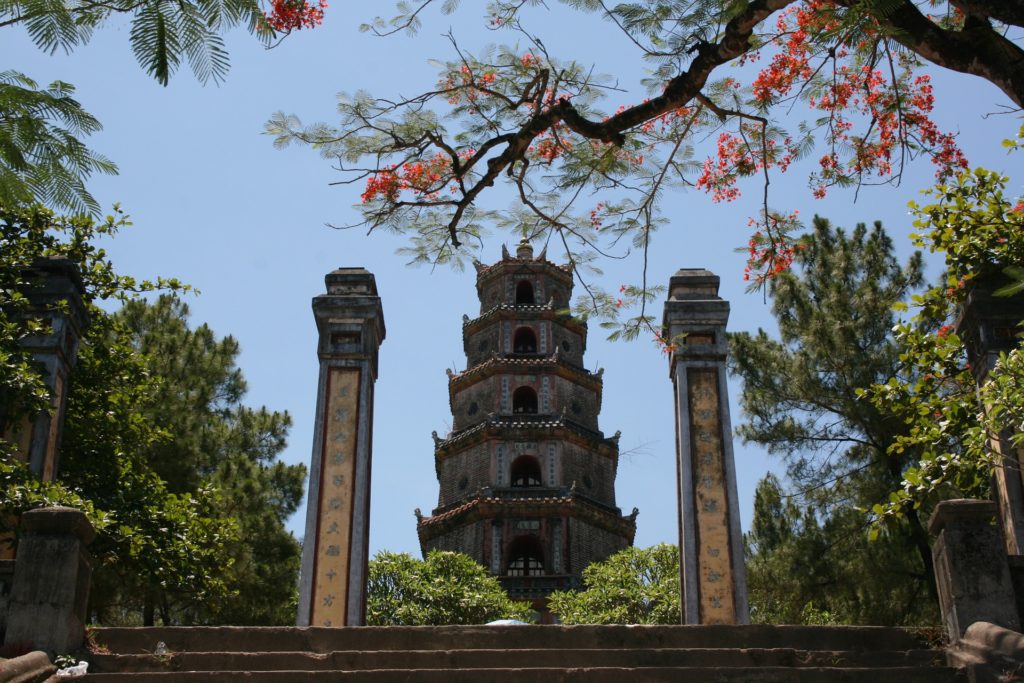
According to legend, the site of the temple was chosen after a ‘celestial lady’ dressed in red advised the local lord to build the pagoda on Hà Khê hill to ensure his dominance of the region. This is just one variation of an old legend, but regardless of the reasons for its construction, no one can deny the spectacular beauty of Thien Mu.
The largest structure in the temple complex and the main reason people flock to this holy site, is the octagonal seven-tiered Phuoc Duyen Tower. This tower is the largest pagoda in all of Vietnam and is commonly recognised as the unofficial symbol of Huế. Standing an impressive 21 meters high, each of its seven elaborate floors are home to statues dedicated to different buddhas, with a golden buddha resting resplendently on the top floor. However, only the monks are allowed inside the actual tower due to its sacred importance, but don’t worry as there are plenty of opportunities to take some photos of the magnificent tower as well as visit the other attractions of the temple complex.

A bonsai garden; an iconic marble turtle statue; the magnificent grave of a revered monk; walls engraved with the poetry of Emperor Thiệu Trị; and even the bright blue car driven to Hanoi by Thích Quảng Đức, the Burning Monk, the subject of one of the most iconic photographs of all time. If you’re visiting Huế, this is one spot that you do not want to miss.
If you start to feel weary after wandering the sacred paths of this iconic Huế temple, don’t worry as you can hop on a boat for a short journey down the Perfume River before arriving at the tranquil garden homes of Huế Ecolodge. This Pure Breaks accommodation is the perfect contrast to all the old stone buildings and ancient statues you’ve spent the day pondering, as it gives you a unique opportunity to live amongst the beautiful nature of the area and enjoy activities like cooking classes and bike rides.
The Paper Flower Village of Thanh Tien
If you’re looking for a bit more of a hands-on experience, then why not take a trip to the village of Thanh Tien. Located about 10 km upstream from Huế on the southern banks of the Perfume River, it may not seem as easily accessible as the other places on this list but dedicated guides are on hand to provide a relaxing journey up the river to this unmissable attraction.
Thanh Tien is famous for the expert craftsmanship of paper flowers, a reputation which has stood for three centuries and sees people from all over the world making the trip to the little village in Phu Vang District. Regular flowers struggle to grow under the heavy rainfall of the region which led the villagers to seek a creative alternative which has now become their trademark.
This local tradition has its roots in ancestor worship which forms an important part of Vietnamese culture, with flower arrangement being one of the many rituals observed to pay respects to past generations. Its origins may be hallowed, but many villagers today have expanded the construction of the flowers to something of a hobby and popular pastime, which has given tourists a chance to get involved in this traditional aspect of Vietnamese life. As well as the fun of making your own colourful bouquet of flowers, visiting the village and partaking in these workshops also directly helps the local artists and craftsmen with additional income and recognition.
So why settle for some factory-produced bauble when you can get an authentic souvenir which you made yourself and help the community who granted you the opportunity to do so?
Dong Ba Market
If you are seeking an authentic Vietnamese shopping experience, look no further than Dong Ba Market. Situated in the centre of Huế, Dong Ba is the largest and most popular market in the city. Unlike some markets which are designed to cater to tourists, this is a place firmly made for and by the local people, lending it an authenticity which can be hard to find if you’re not actively searching for it.
Hundreds of stalls huddle together, their towering assortments of goods watching over nimble paths which crisscross the massive market. There is no bureaucratised planning in Dong Ba, as stalls selling the finest spices and fresh produce stand incongruously beside vendors extolling the virtues of their vast collection of sun hats or the latest kitchenware.
The street food on sale here is one of the biggest attractions, and you will be spoilt for choice when choosing which authentic dish you want to sample. From the rice-paper-wrapped pork and salad goodness of Bánh Cuốn to lemongrass-infused spicy beef noodle treats like Bún bò Huế, a sensory banquet is within arms reach at any moment. Just be sure not to fill up before you arrive to make the most of all that Dong Ba has to offer.
Crafting an Unforgettable Experience in Huế
Huế is a must for anyone looking to holiday in the Land of the Ascending Dragon, and hopefully, this list helps to make planning that experience less daunting. This list is by no means exhaustive, and merely scratches the surface of just one facet of the jewel of Vietnam. Nevertheless, if you manage to visit even one of the places mentioned in this article, your trip will pay for itself with interest. Memories are priceless and Vietnam is the perfect place to craft ones that will last a lifetime.
“I’ve always been aware of Huế however, when thinking of Vietnam in the past my mind usually goes straight to Hanoi or Ho Chi Minh City due to their larger size and political prevalence in the history of the last century. But after researching Huế for this article, I have realised just how much any visitor to Vietnam would miss out on if they ignored this venerable old city. Huế is home to some truly unique experiences not to be found anywhere else in the country and is definitely worth the visit.”

